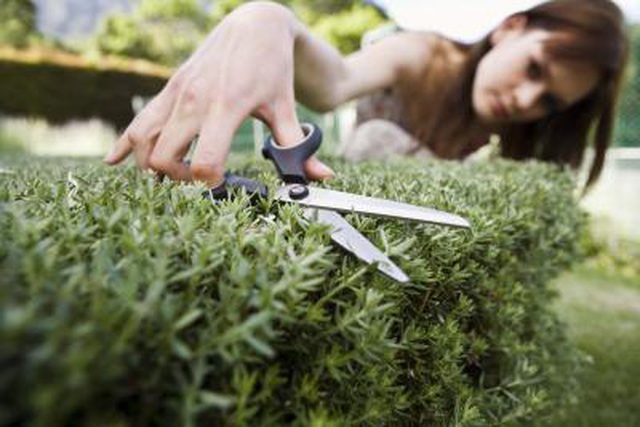Bulbs
Flower Basics
Flower Beds & Specialty Gardens
Flower Garden
Garden Furniture
Garden Gnomes
Garden Seeds
Garden Sheds
Garden Statues
Garden Tools & Supplies
Gardening Basics
Green & Organic
Groundcovers & Vines
Growing Annuals
Growing Basil
Growing Beans
Growing Berries
Growing Blueberries
Growing Cactus
Growing Corn
Growing Cotton
Growing Edibles
Growing Flowers
Growing Garlic
Growing Grapes
Growing Grass
Growing Herbs
Growing Jasmine
Growing Mint
Growing Mushrooms
Orchids
Growing Peanuts
Growing Perennials
Growing Plants
Growing Rosemary
Growing Roses
Growing Strawberries
Growing Sunflowers
Growing Thyme
Growing Tomatoes
Growing Tulips
Growing Vegetables
Herb Basics
Herb Garden
Indoor Growing
Landscaping Basics
Landscaping Patios
Landscaping Plants
Landscaping Shrubs
Landscaping Trees
Landscaping Walks & Pathways
Lawn Basics
Lawn Maintenance
Lawn Mowers
Lawn Ornaments
Lawn Planting
Lawn Tools
Outdoor Growing
Overall Landscape Planning
Pests, Weeds & Problems
Plant Basics
Rock Garden
Rose Garden
Shrubs
Soil
Specialty Gardens
Trees
Vegetable Garden
Yard Maintenance
How to Get Arborvitae Thicker
How to Get Arborvitae Thicker. Arborvitae is a large genus of coniferous trees. Their quick-growing habits and thick growth make them ideal for creating hedges and living fences. But an arborvitae can face a few obstacles that may make it thin out. Most of these problems can be cured with a little pruning to stimulate thicker growth. You can prune...

Arborvitae is a large genus of coniferous trees. Their quick-growing habits and thick growth make them ideal for creating hedges and living fences. But an arborvitae can face a few obstacles that may make it thin out. Most of these problems can be cured with a little pruning to stimulate thicker growth. You can prune arborvitae at any time during the growing season. For the quickest bounce back, prune in late spring just before arborvitae produces new growth.
Things You'll Need
Hedge clippers
Pruning shears
Check your arborvitae's growing conditions to make sure they are ideal. Arborvitae needs full sun, nutritious soil and ample water. Arborvitaes that grow in poor or waterlogged soil, light shade or receive less than 1 inch of water per week are likely to produce thin, spindly growth. If you don't fix its cultural problems, no amount of pruning will fill your arborvitae out.
Prune to let more light in. Your arborvitae's bushy top growth may be preventing light from reaching its lower branches. If this is the case, shear the top of the arborvitae with manual or electric pruning shears to allow light to access the bottom. Prune just enough to let light reach the lower branches. Never prune back into the old wood of the plant that does not have green, leafy growth. Pruning cuts made into old wood that leave a leafless stem behind will leave a permanent bare spot. The stem will never grow back.
Fill in thin spots. Prune long, spindly branches or branches near thin spots back. Make the pruning cut 1/4 inch above the nearest fork in the stem. The pruning cut will stimulate and redirect growth to the stem you make the pruning cut above. Use this to direct growth into thin spots. Do not prune back into old wood.
Tips & Warnings
In extreme cases, weak and spindly arborvitae may be stimulated to fill out by cutting back. Cut the top 2 feet or so of the arborvitae off. Use a pruning saw to make the cut above the nearest lateral branch. The arborvitae will bounce back to produce fuller growth over the season. However, improving cultural conditions alone may stimulate the arborvitae to grow back on its own.
A soil test will tell you what and how much fertilizer to give your arborvitae.